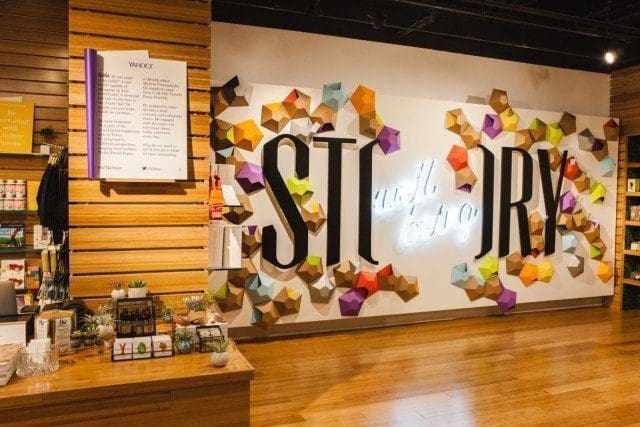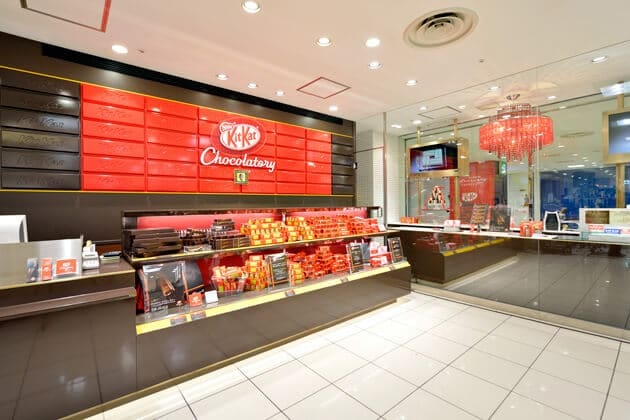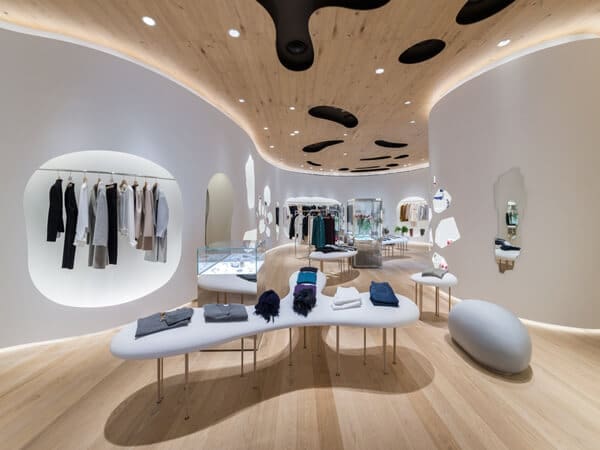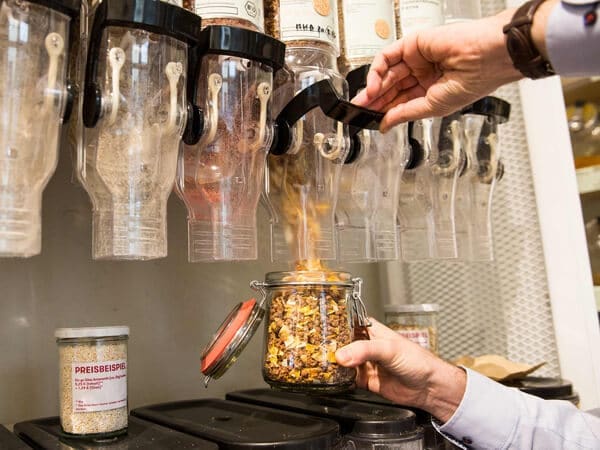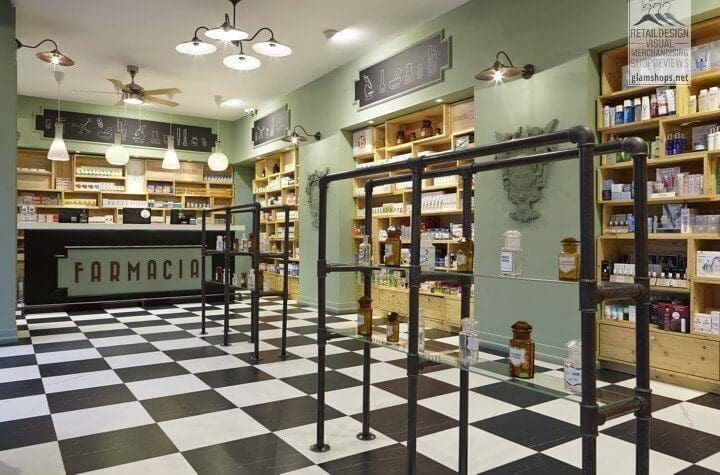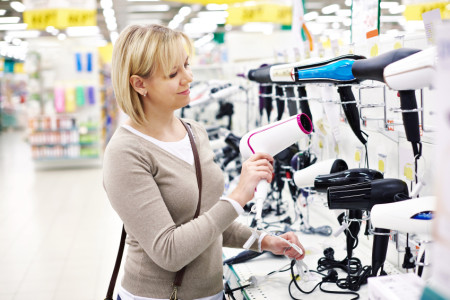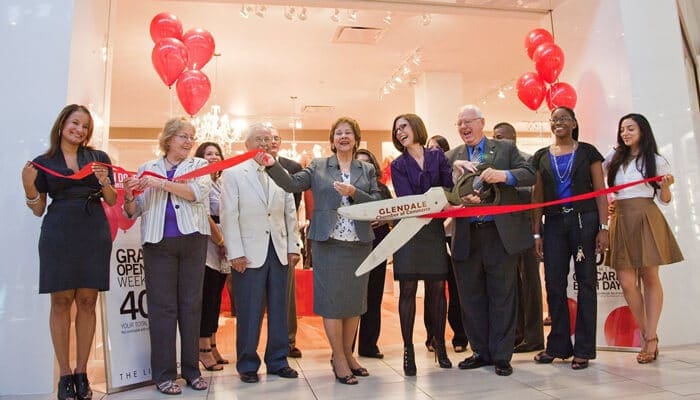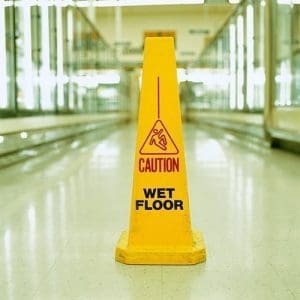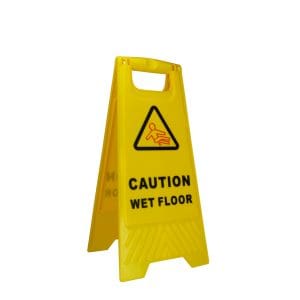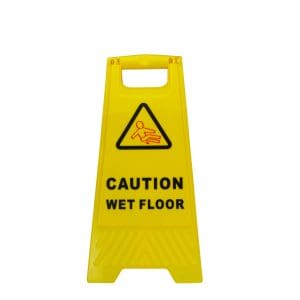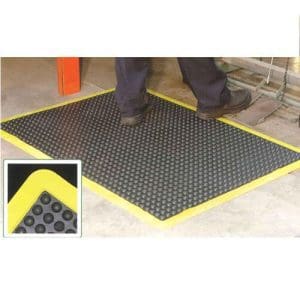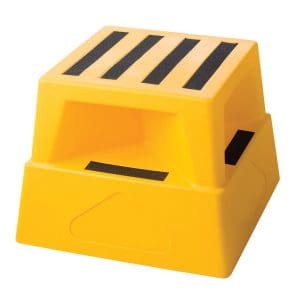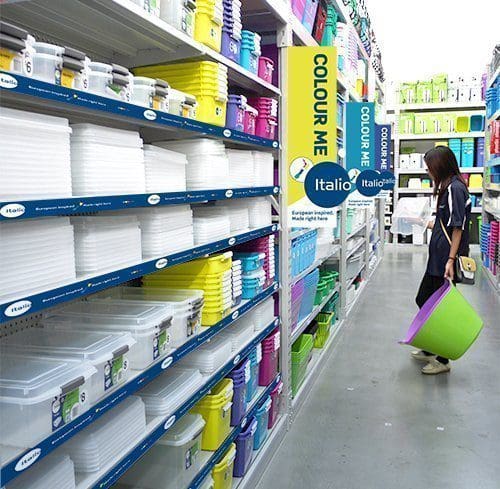Safe food presentation is critical for customer confidence and likelihood of purchase. Learn about our top 3 key takeaways for working with food.
1. Use Displays for Safe Food Presentation
It’s important to combine efficiency, practicality and impact when displaying food – after all it’s a familiar commodity which we’re all hardwired into seeing on a regular basis and taking for granted.
That’s why chefs spend such a large amount of time and effort on presentation – it’s the secret ingredient which changes regular nourishment into high-class cookery or fast-food depending on what you’re aiming for.
From a retail perspective your food displays are trying to fulfil two functions:
- Appealing to customers: By choosing between black trays, crates, tubs and tiered units and the more “organic” look of poly wicker baskets and trays, you’re making a statement about your store and your customers. Try to determine whether you’re appealing to your customers’ need for a speedy and efficient shopping experience or a slower “browsing” experience. Some straightforward rules about food display also include alternating colours on the stands, using glass shelves and staggered staging to get more stock into your customers’ eye lines and using props such as matting or accessories to attract attention.
- Rotation of stock: Because food and produce have a much shorter shelf life than most other retail goods, it’s vital that your displays help turn the product over rapidly. For this reason you don’t need a lot of each product on display all the time, but it has to be placed properly. More expensive “top-shelf” produce generally sits higher than generic, regular purchases and produce at eye-level is generally more competitive. Bins are usually associated with cheap prices when you need to move produce quickly.
2. Health and Information
Customers are now, more than ever, keen to understand where their food is coming from and trust that it has been handled well during its transport, display and presentation – both from a health perspective and from an education perspective.
Signposting and ticketing isn’t just about displaying price tags – it’s now important to give your customers the right information to help them make informed decisions on their purchasing by giving additional information about sourcing, price comparisons, potential uses of new products and potential health benefits.
You also need to reassure customers that their food is being handled carefully, so Mills Display stocks equipment which makes the grade when it comes to food safety, keeping customers confidence in your produce high.
3. Marketing
Basic food display plays a large role in marketing fresh produce and food items (see above), but there are also a few tricks for store planning and how you organise your shelf displays which will help market your products to customers.
Impulse food purchases should be placed near your point of sale (for example, during lunch hours it may be good to have a fruit or bakery display where people queue to pay) and “destination purchases” (those regular items such as milk, bread, butter and eggs) should be at the back of the store so customers have to pass more products in order to get to them.
Promotional products (and items with good profit margins) should go on mobile displays near the end of aisles or in islands because that’s where customers are used to looking for bargains. Elsewhere on shelving, competitive products can be aligned vertically and related items horizontally so that customers can see and decide on a group of products without having to move around the store.
Contact us for more info about Safe Food Presentation
Safe Food Presentation plays a large role in convincing customers to purchase your products. For more information on how Mills Display can help your business improve how you work with or display food contact us online, call us at +64 9 634 5962, call into our Auckland showroom at 327A Neilson St, Penrose, email us at sales@millsdisplay.co.nz or live chat with us via the website.
Contact Us
For any queries about our range of products or a custom manufacturing project, fill in the form below and we'll get back to you.
Stay up to date with our latest updates by following us on Facebook, Twitter and LinkedIn!



